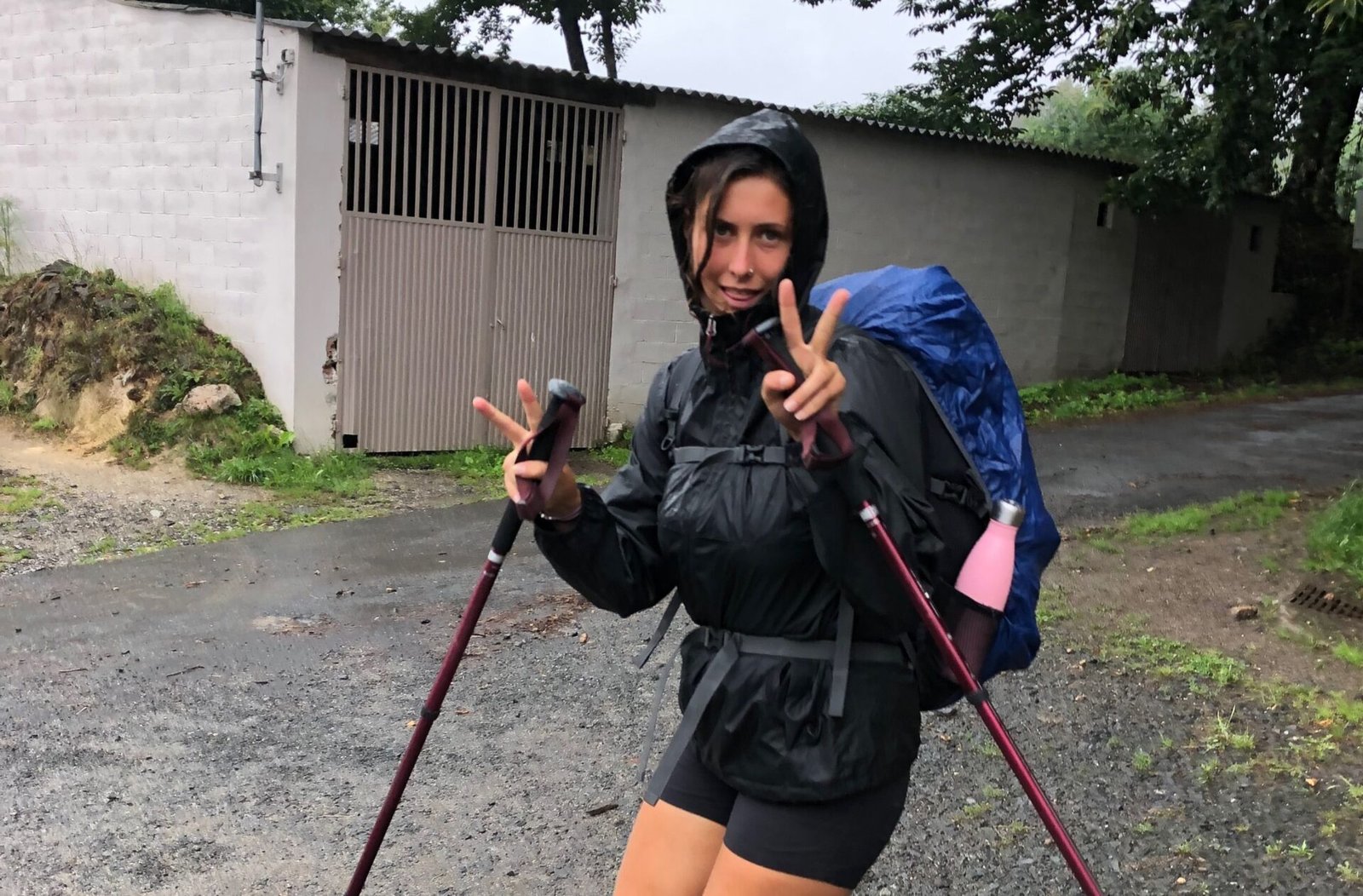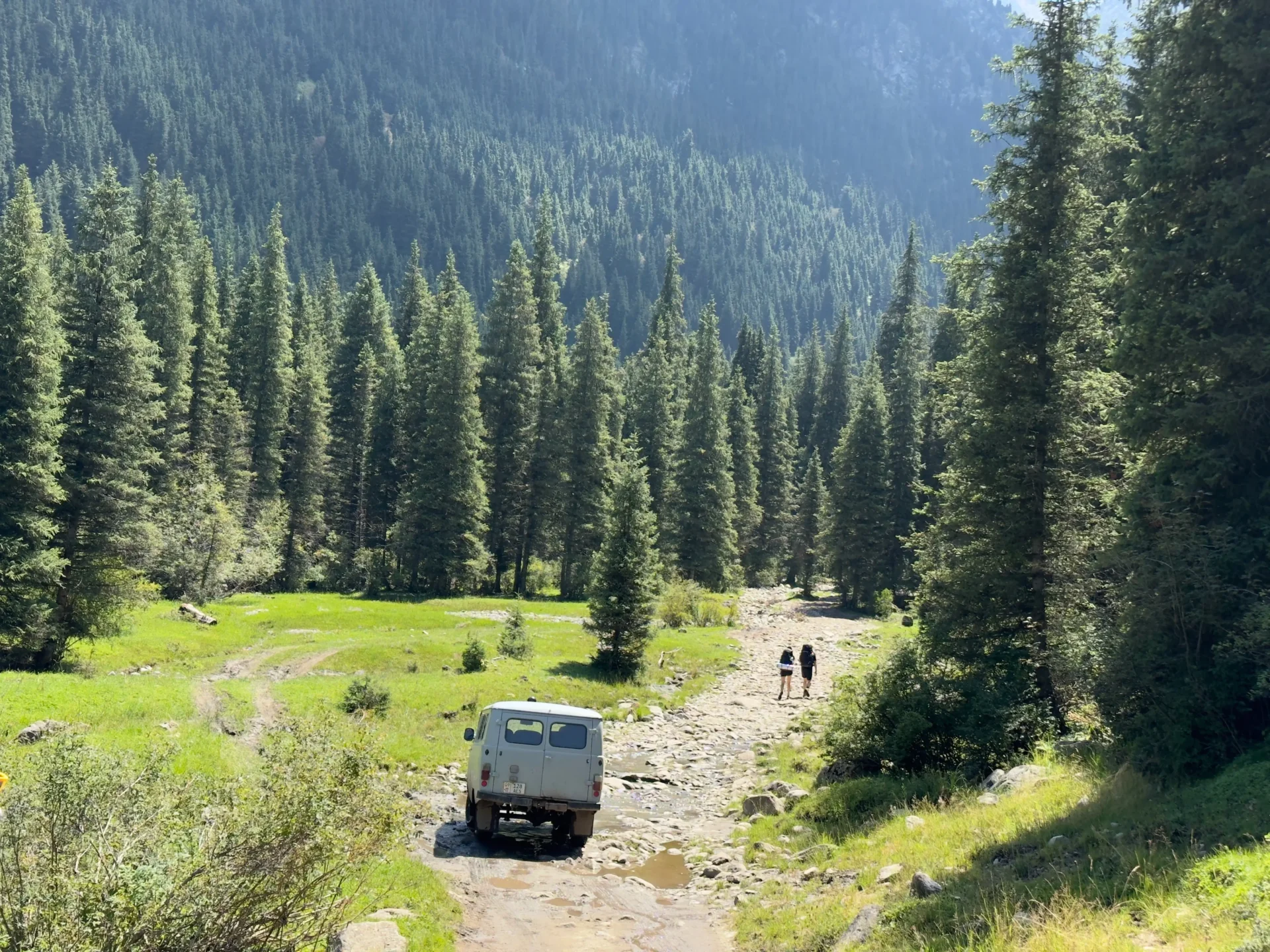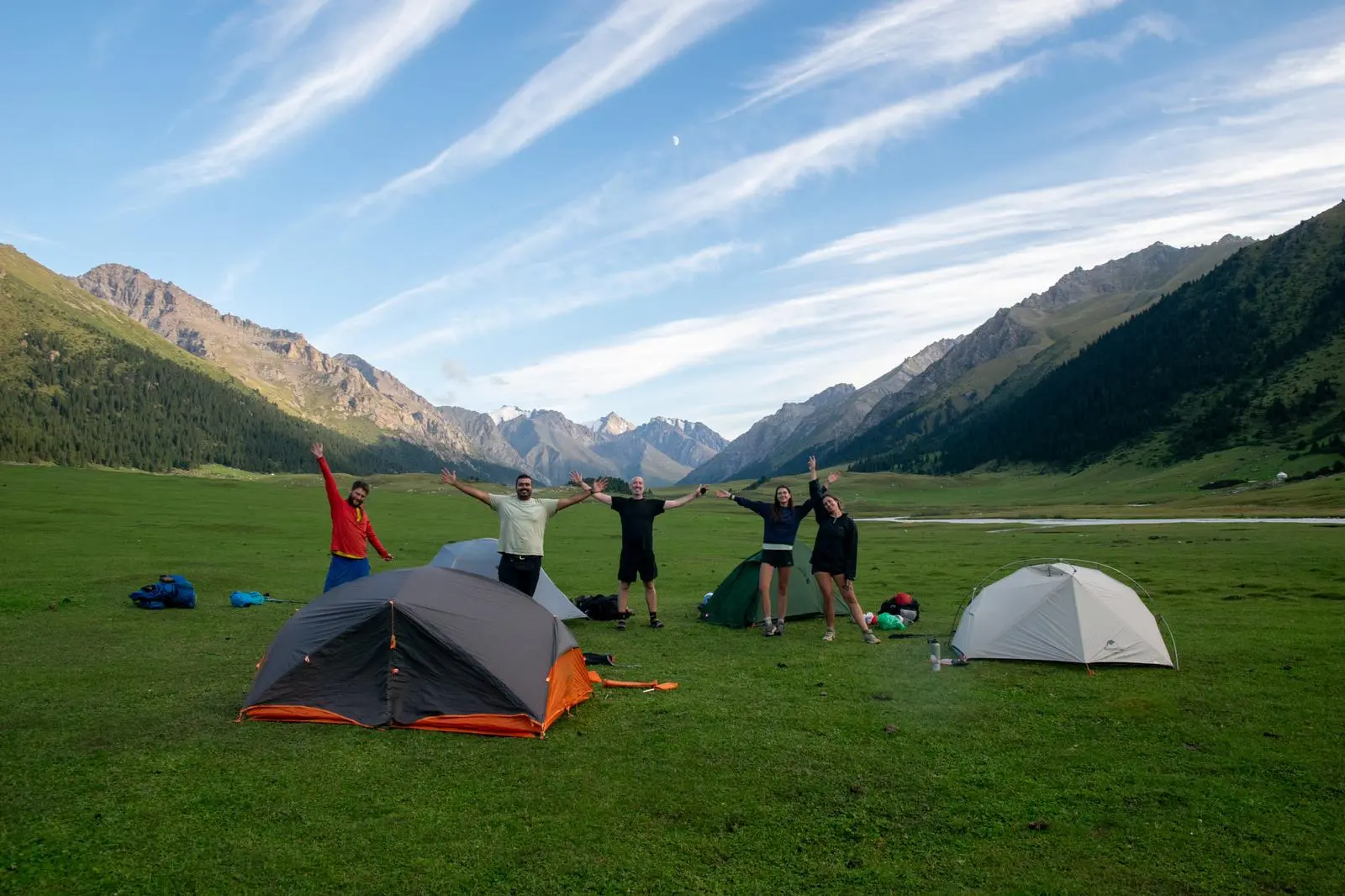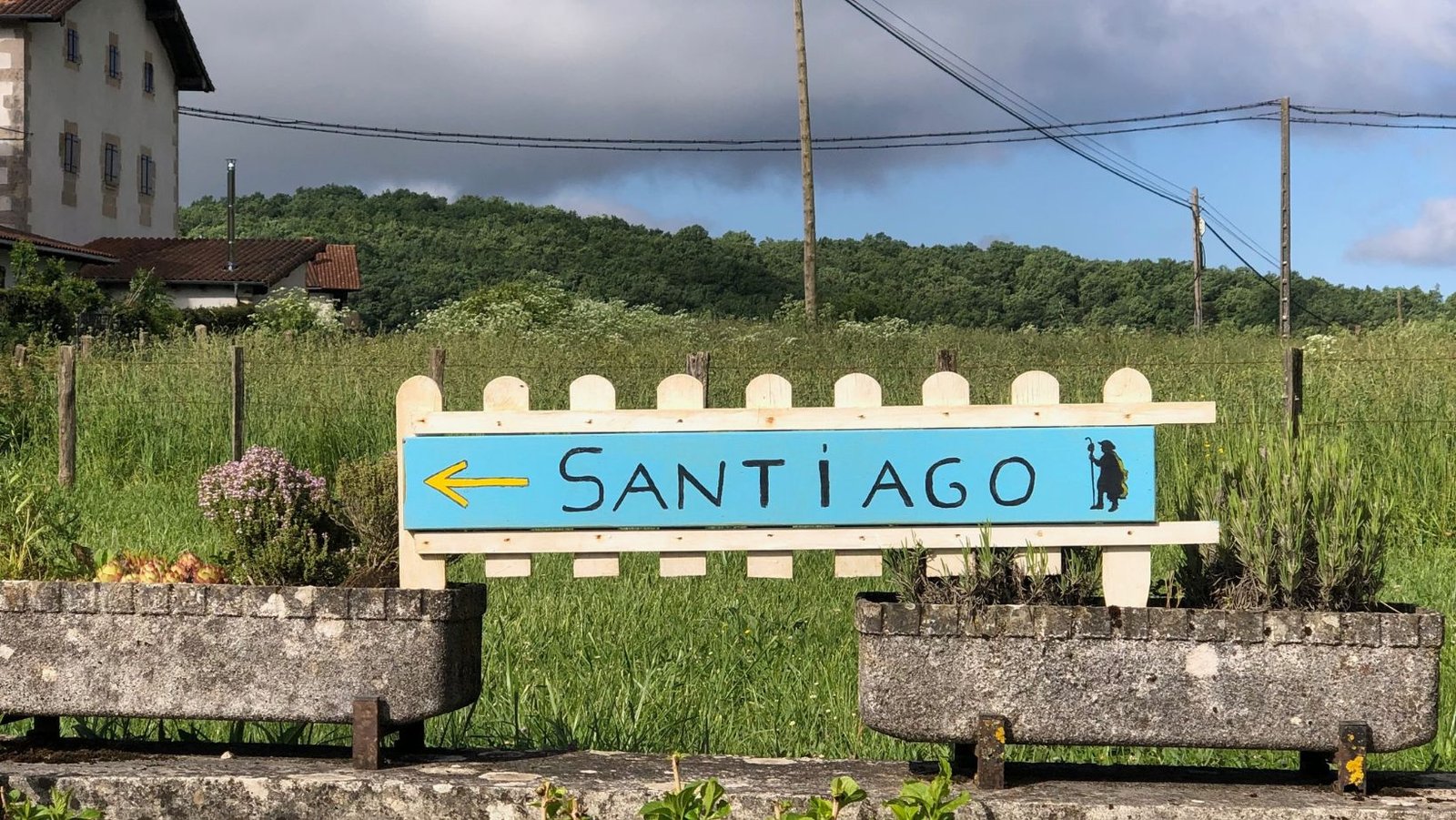Want to join the 350,000 pilgrims who walk the Camino de Santiago every year? A few years ago, I set out with my boyfriend (now ex!) on the Camino Francés, from St Jean Pied de Port in France to Santiago de Compostela. This guide covers everything I’d wish I’d known before tackling the Camino Francés—and everything you need to know as a first-timer walking the Camino de Santiago. From packing essentials and footwear tips to planning your daily stages, managing your mindset, and connecting with fellow pilgrims, this guide has you covered.
Why Choose the Camino Francés?
While there are other main pilgrimage routes to Santiago de Compostela—including the Camino del Norte, Camino Primitivo, Camino Ingles, Camino Finisterre, Camino Invierno, and Camino Portugues—the Camino Francés is the most popular route for first-time pilgrims (myself included) thanks to its great infrastructure, vibrant social scene and well-marked paths.
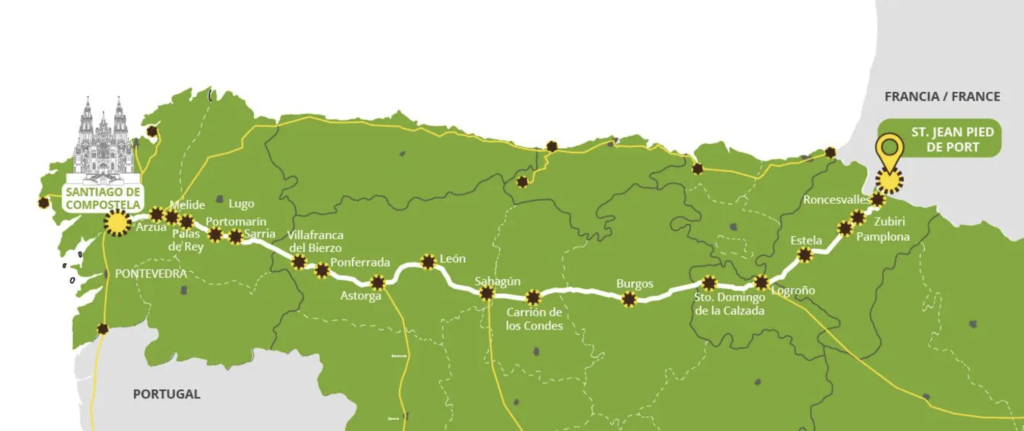
You can also choose where to start. We began our Camino at the main starting point for pilgrims on the Camino Francés, St Jean Pied de Port (772km from Santiago). Along the way, we met other pilgrims who had started in Burgos or León. It really depends on how much time you have to walk the Camino. For us, starting in St. Jean felt just right: picking up our pilgrim passports at the Pilgrim Office and sharing a big communal dinner at our albergue made for a perfect start to such a meaningful journey.
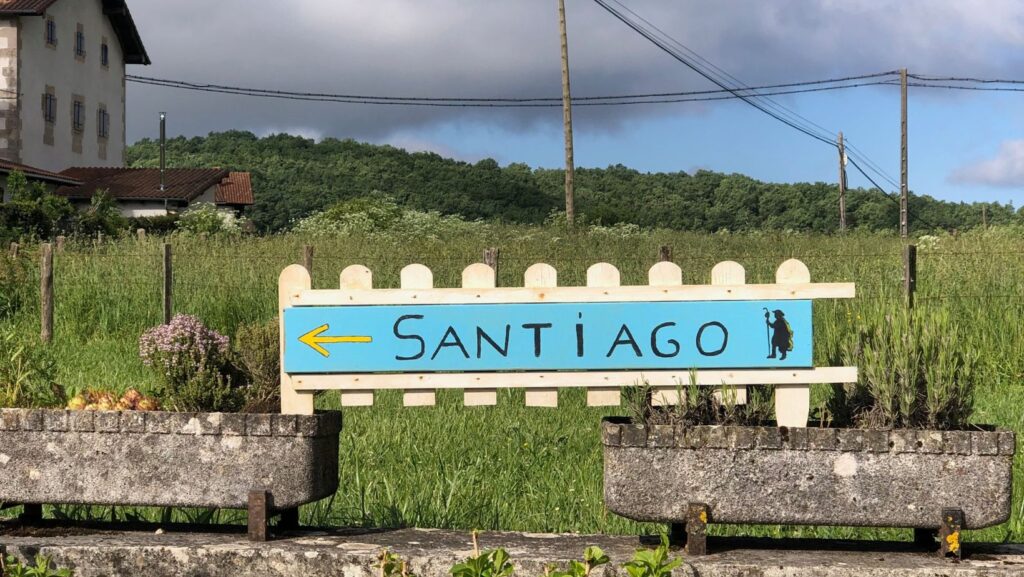
So when I reached Santiago 30 days later, what things did I wish I’d known at the starting point in St Jean Pied de Port? Here they are. I hope they make you a little more prepared and wiser.
Planning your daily stages on the Camino Francés
One of the most important things to know about walking the Camino Francés is that you don’t need to book too far in advance—or even at all!
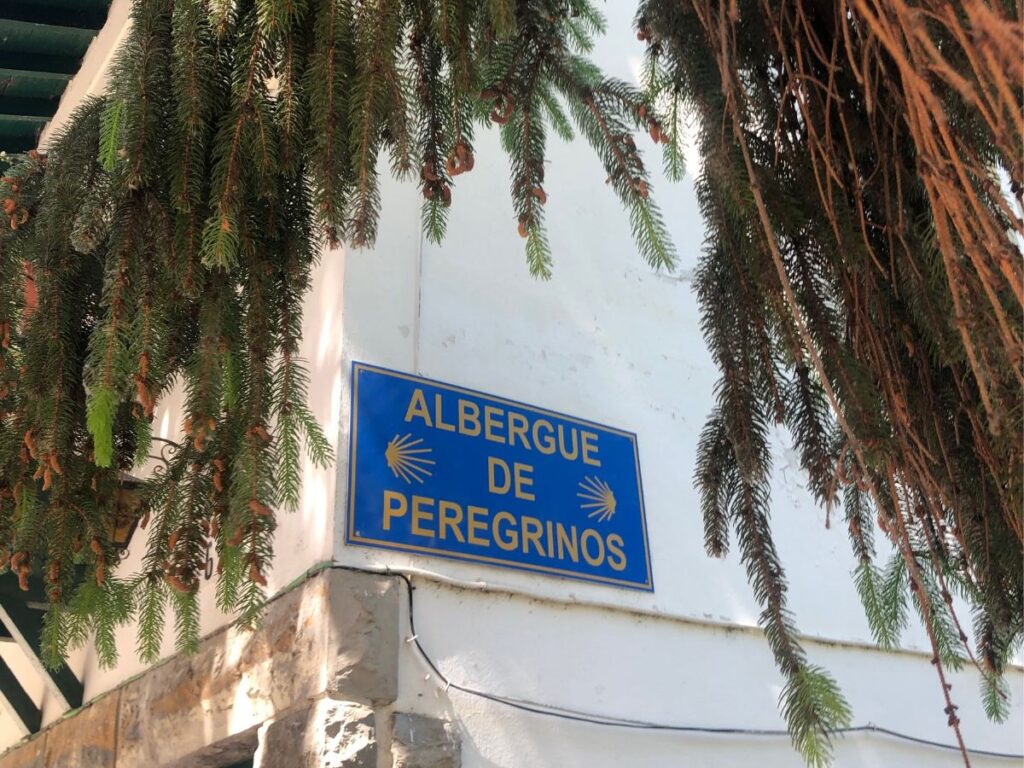
Private vs. Municipal albergues
There are private albergues you can book and municipal albergues on a first-come, first-served basis. Many Camino guides advise booking ahead, especially during the busy summer months when the trail is busy, but I’m telling you the opposite—go with the flow.
Wake up early and catch the Sunrise
As long as you wake up early and aim to reach your next municipal albergue by 1 or 2 pm, you’ll secure a bed. If an albergue is full, don’t worry—there’ll be a spot in the next town.

Walking at sunrise is a special experience you definitely don’t want to miss. Most municipal albergues kick pilgrims out around 8 am anyway, so waking up before sunrise not only helps you beat the crowds.
Our favourite morning was leaving Castrojeriz. We left the albergue around 5.30 am, hiked up a big hill in the dark, and when we reached the top, we were met with the most incredible sunrise.
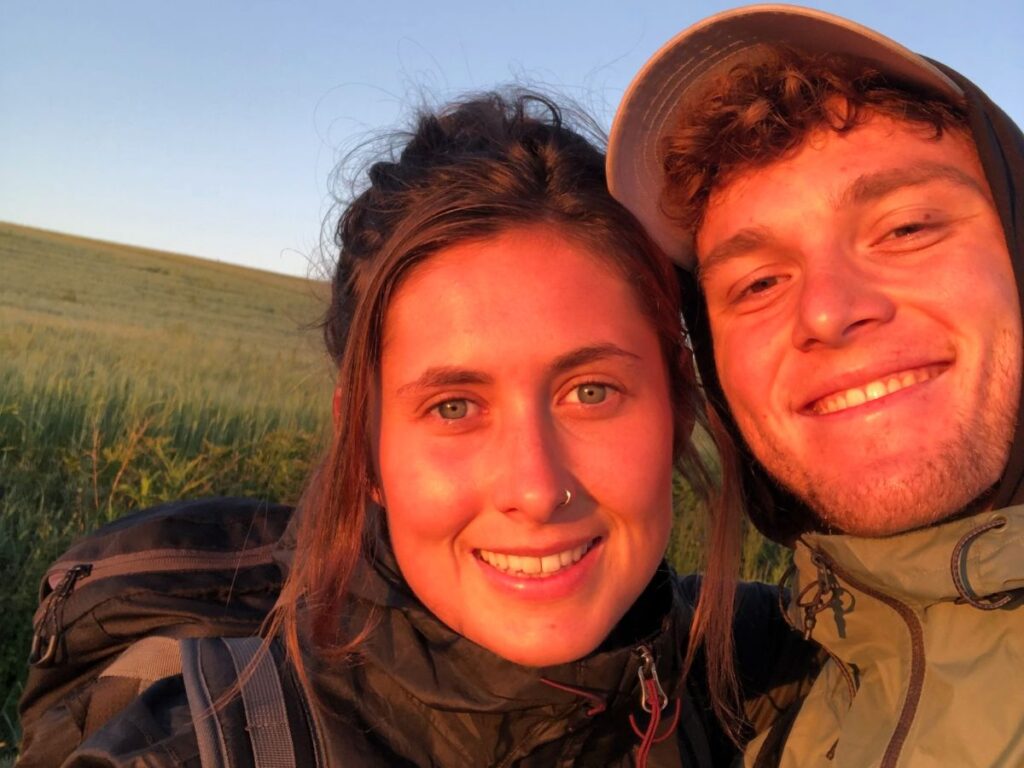
The last 100 km
To earn a Compostela, you only need to walk the last 100 km from Sarria. This is when the Camino can feel more like a tourist trail, with school groups, tour groups and the convergence of the Norte and Primitivo routes, so you’ll see many more people.
We focused on staying in smaller, quieter towns to avoid the masses of walkers. If you mentally prepare yourself for the number of people, it’s fine. Just be sure to treasure every moment of the 672 km leading up to Sarria.
Footwear & Blisters on the Camino

I really underestimated how painful the feet situation would be. By day 4, I was in agony—blister upon blister, and at one point, the nerves sent electric-like shocks up my legs whenever I stopped walking. Pilgrims have many different techniques to deal with blisters, but the truth is: it’s unavoidable for most.
Two pairs of shoes
My hiking boots were my arch-enemy on the Camino Francés. Unless you have weak ankles, trail runners are a better choice—the terrain isn’t especially challenging, and heavy boots just make your feet sweat more, increasing pain and blisters.
My top tip: bring two pairs of shoes—a pair of hiking sandals and trail trainers —and alternate between them.
Packing essentials for the Camino
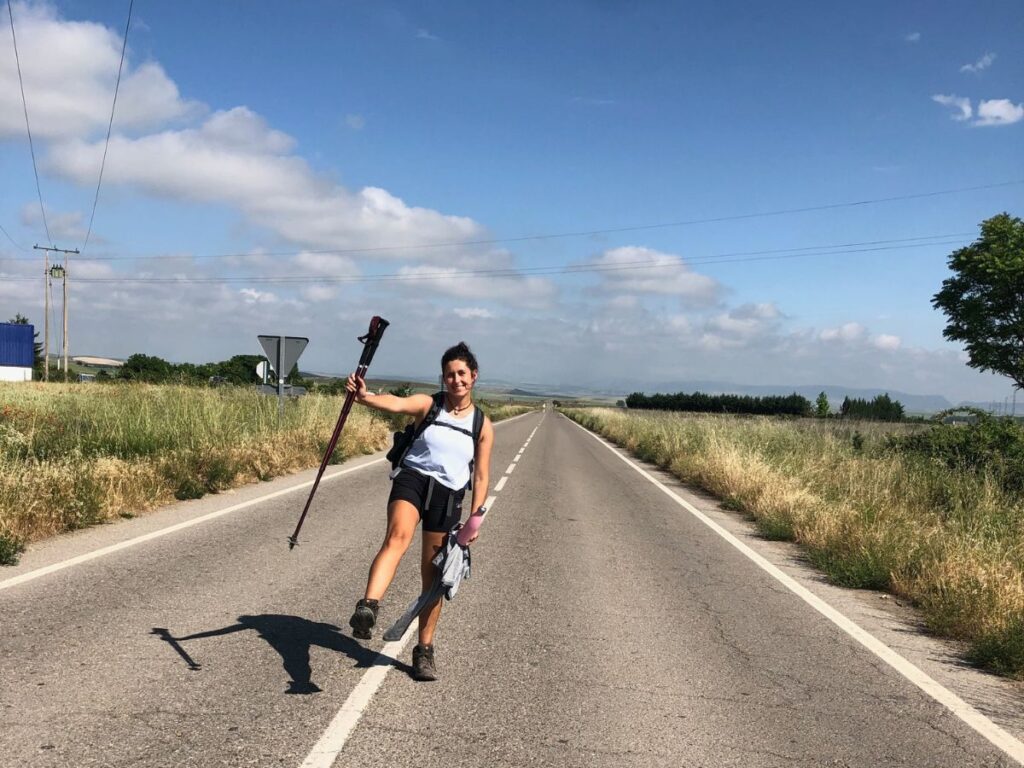
Hiking poles on the Camino Francés
When Marius suggested we take some hiking poles, I thought, “Nah, it’s not hilly, I won’t need them.” But luckily, he convinced me to buy some last-minute at the Decathlon in France, and I’m so happy he did. The terrain might be flat on the Camino Francés, but hiking poles will help you get into the flow and keep moving one foot in front of the other.
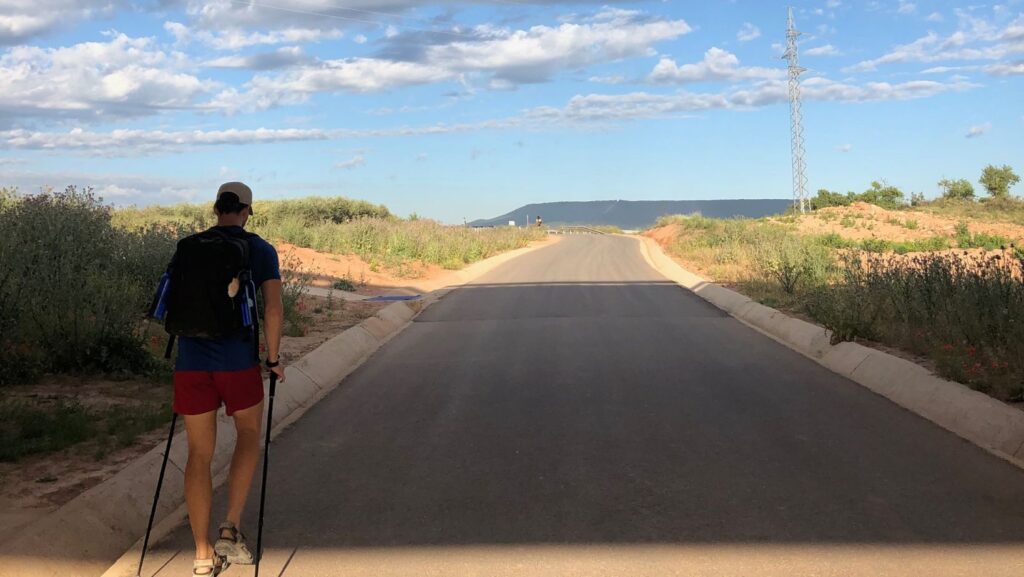
Sleeping bag vs liner
If you’re staying in private albergues the whole way, a sleeping bag liner is sufficient. But on the Camino Francés, municipal albergues typically only provide paper sheets to cover the mattress.
At the start and end of my Camino in June, I felt so cold at night and ended up sleeping in all my clothes. I kicked myself for not bringing my lightweight sleeping bag.
In short: don’t rely on a liner alone, especially if you’re walking the Camino Francés out of the summer months.
Keep gear simple
You’ll see all different kinds of people on the Camino: the wise die-hards travelling light with minimal gear, the over-prepared ones carrying massive 65L backpacks, and the “all-gear-no-idea” walkers decked out head-to-toe in Osprey gear. I even saw a guy walking with a donkey and camping out under the stars.
The takeaway: you don’t need to shell out loads of new gear. Worn-in trail or hiking trainers and a comfortable backpack are enough. I hiked with my sister’s hand-me-down 35L Mountain Warehouse backpack, which did just the job. Keep it simple.

Carrying food & water
On the Camino Francés, the infrastructure is great, so you don’t need to carry much food or water. Only one stretch of 16km in the middle of the Camino Francés is without shops.
All of the Camino routes pass through small towns with shops. The Buen Camino App is useful to help you figure out where the next pharmacy, cafe, or shop will be.

But one thing you do need to be prepared for is the Free Wine Fountain at Bodegas Irache here. It gets filled up every morning, so you need to arrive early enough, with a bottle in hand, to get your free wine fix.
Mindset and meeting people on the Camino
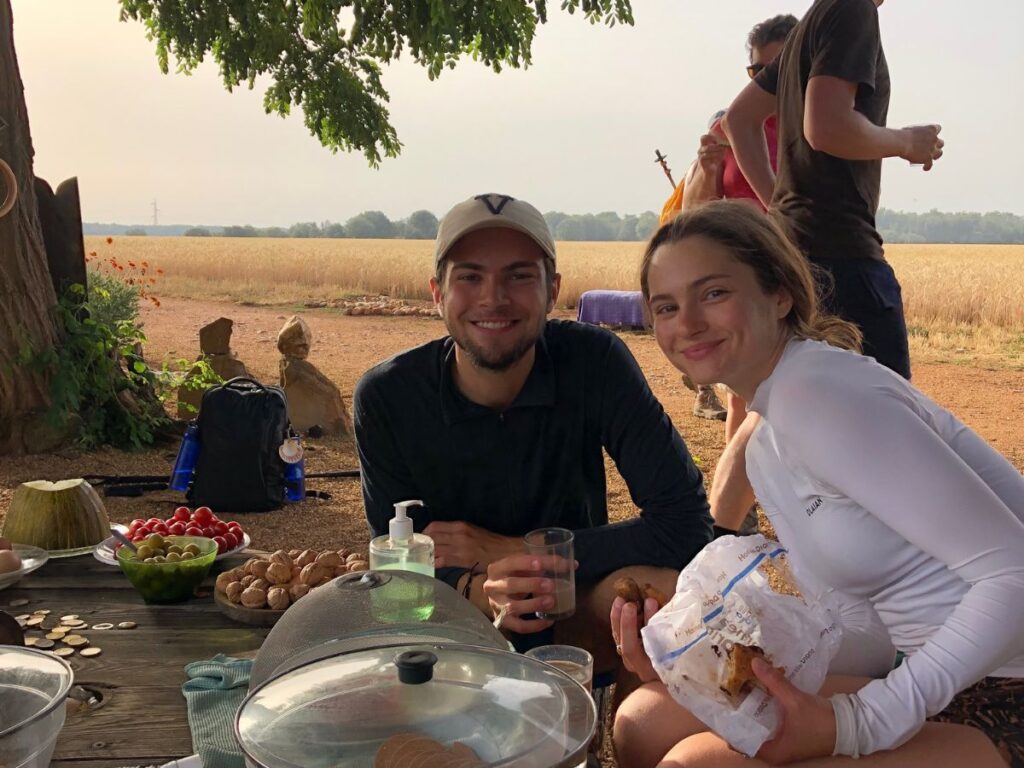
Your Camino, Your pace
A huge part of the Camino is the people you meet along the way, but the most important thing is to do what’s right for you. If everyone is taking a rest day but you don’t need one, don’t feel pressured to follow. There will always be new people to meet and new opportunities in the next town. The Camino is your personal journey—don’t look back wishing you had followed your own heart to avoid being left out of the group.
Walking alone vs. connecting
On the Camino Francés, everyone tends to walk at similar speeds (around 25km per day), so you’ll bump into the same people again and again. Walking alone is fine, but sharing meals and seeing familiar faces will make your experience more memorable. Over time, you’ll naturally plan where to meet up the next day.
Go with the flow
I met a guy who had booked his albergues months before he even set foot on the Camino. He regretted it because it restricted him and made it challenging to stay connected with the people he met along the way. It’s better to have your first albergue booked when you arrive at the starting point and then let the journey naturally unfold—you never know who you’ll meet or what will happen on the way.
When you need it the most, the Camino provides
Trust me, when you feel like you can’t go on anymore, something will appear and give you a new lease of life.
The Camino is full of generous and lovely people who’ve set up donation-based initiatives for the pilgrims. You’ll find donation-based albergues, cafes, and food stalls to cheer pilgrims up.
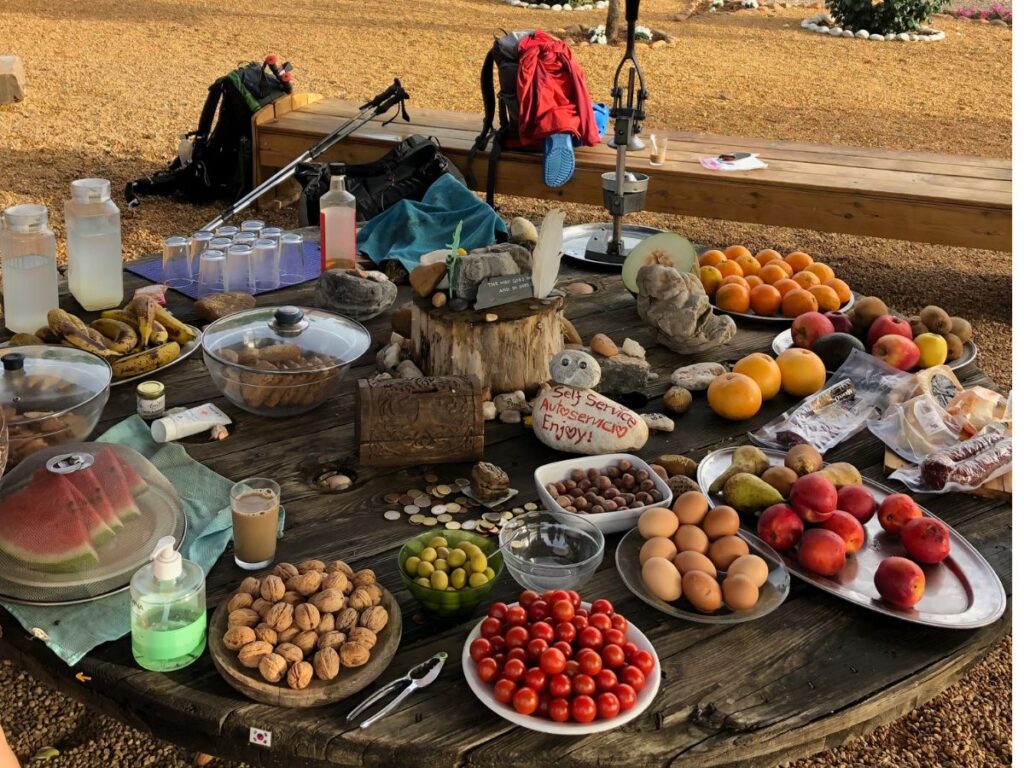
One particular standout morning was near Astorga. We had left the albergue in Hospital de Ordigo at 6 am, and by 8.30, my blisters were unbearable. I was feeling really low and dying to stop for a coffee, but we were in the middle of nowhere. And then, as if by magic, a self-service donativo with fruit, juices, toast, nuts, and eggs appeared as if by magic. We were in heaven and felt so much gratitude.

Fitness & training for the Camino Francés
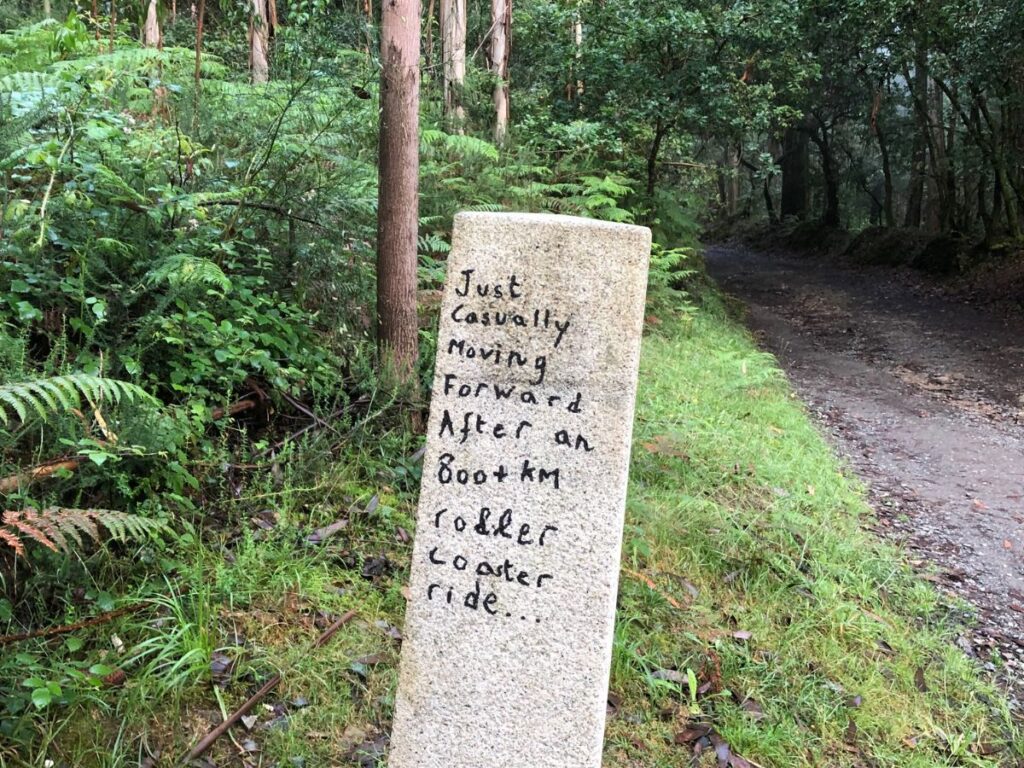
This is one of the most important things you need to know before walking the Camino! Unless you’re incredibly unfit, there’s no need to train extensively; your body will adjust as you continue to move. Many guides say, “Get training!” which I think is bull****. It’s not a race. You can start slow and build up your distance. How easily your body adjusts to carrying a 9kg backpack is incredible.
“I haven’t walked 30km before!” shouldn’t be the barrier to you doing the Camino—just one step at a time.
Final thoughts
That’s a round-up of everything I wish I had known before walking the Camino Francés. Remember, it’s your Camino, and there’s no “right way” to walk the Camino—despite what anyone might say. Whether you choose to use the bag transportation, take rest days, or walk at your own pace, do what feels right for you.
As they say, the Camino is as much about the journey as the destination: the people, the challenges you overcome, and the moments of quiet reflection along the way. Embrace it all!
